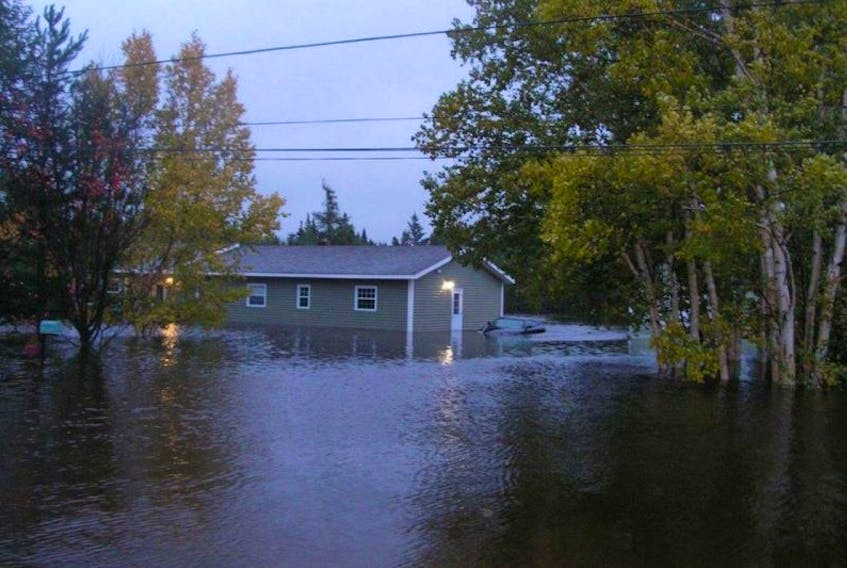Instead, he was offered what was, back then, huge money right out of undergraduate math.
Not to go back to school, but to do actuarial studies of risk.
For the insurance industry.
That’s why, in all the talk of whether or not there are risks from climate change — or, for some people, whether there even is such a thing as climate change — I’d argue you have to watch the money. The insurance money.
In the last couple of years, Canadians have started to see offers from their home insurers for overland flooding coverage. Many don’t realize that their homeowners’ policies mean they are likely for having shingles ripped off by wind or a tree toppling onto their houses, but not for water rising and flooding their homes.
There are a couple of reasons for that.
One of the big problems in the past has been poor and outdated flood-zone mapping in Canada — such mapping, though, is a double-edged sword.
When U.S. Federal Emergency Management Agency flood maps changed after the flooding caused by hurricane Sandy in 2012, proposing a doubling of the area at high risk from flooding, a RAND Center for Catastrophic Risk Management and Compensation study for the City of New York estimated the pricetag could be high for residents who had coverage: “A $429 annual premium on a structure previously outside the high-risk zones could well rise to $5,000 to $10,000 for the same amount of coverage if it is inside the high-risk area.”
That’s because insurance companies aren’t dumb. (In the United States, by the way, overland flood insurance is often a requirement, and can be bought from the federal National Flood Insurance Program or private insurers.)
Lack of flood-risk mapping in Canada might have kept insurance companies out of the overland-flooding insurance markets for years because, not knowing the risks, they preferred to avoid the coverage. (Overland flooding, keep in mind, is freshwater flooding coming into your home or business, not saltwater flooding from ocean events. Sewer flooding or backups is generally covered through other parts of your policy.)
Other considerations that have kept the flooding coverage from being offered has been the low number of homes affected by individual flooding: there has to be a tipping point, a block of people willing to buy the flooding policies. The premiums have to be bought by and cover enough Canadians to make the insurance pool both self-sustaining and profitable. That hasn’t been the case in the past.
Now, however, it is — not in the least because there has been enough significant overland flooding in Canada in recent years for the market to suddenly become attractive.
Things change — life expectancies, building codes, automobile accident rates and even flood risks — and insurance companies react. They hire the very best people they can to make sure they have the best and most accurate information the can get, and the best minds they can to do their actuarial and statistical work. They pay well for it because that kind of knowledge and skills are a valuable investment. Hurricane Sandy was valuable information about flood locations, flood zone expansion, and insurance markets: hurricanes Harvey and Irma will be exactly the same thing. All were or will be substantial payouts, but also added information: interestingly, the RAND study points out that hurricane Sandy saw some insurance companies find a different tipping point, and pull out of flooding coverage entirely.
Because insurance companies aren’t dumb.
They can’t afford to be.
Russell Wangersky’s column appears in 35 SaltWire newspapers and websites in Atlantic Canada. He can be reached at [email protected] — Twitter: @wangersky.









